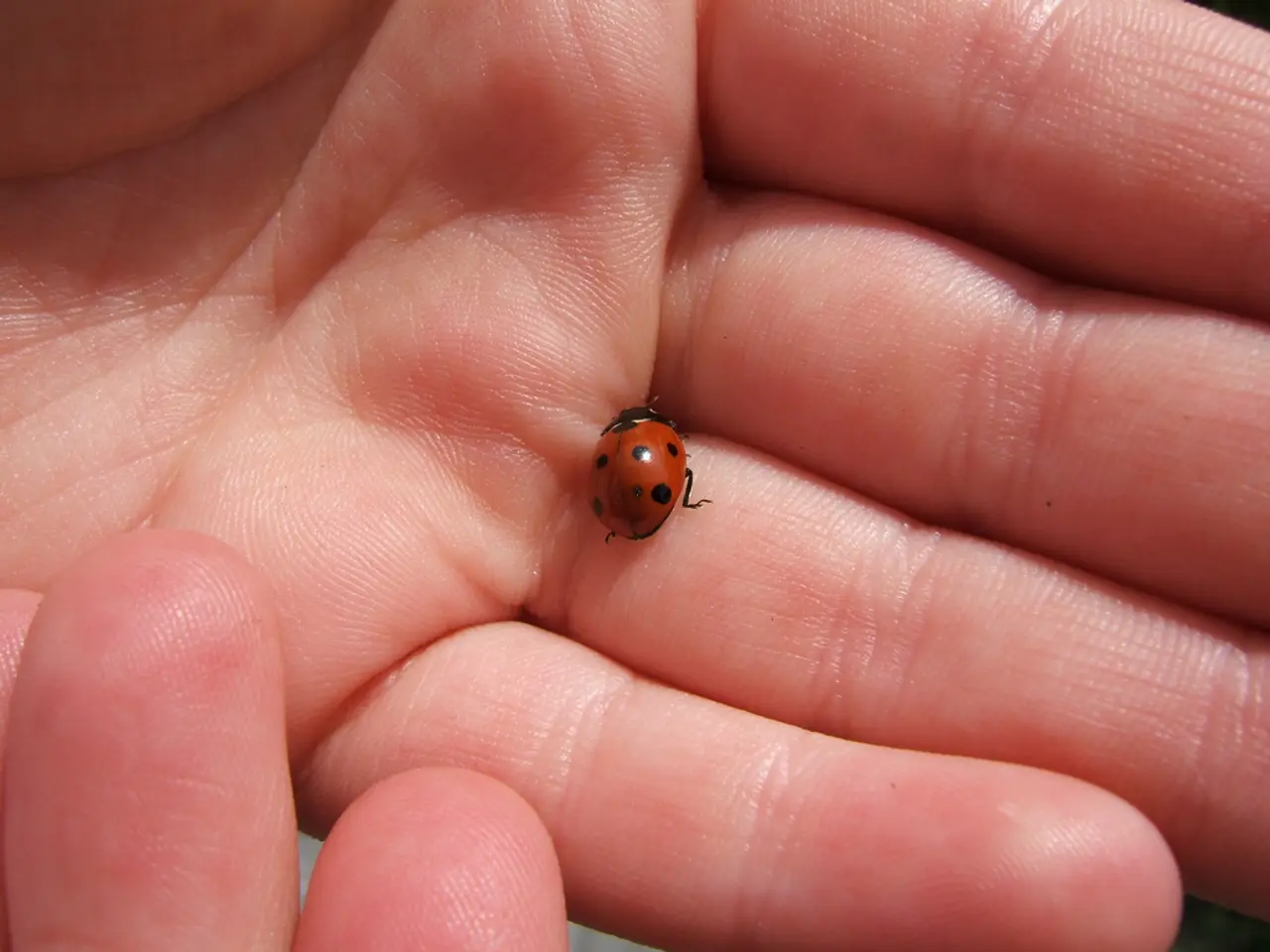The Impact of Your Preferred Hand on Your Fitness Advancement during Workouts
In the realm of fitness, hand dominance can significantly influence how our bodies perform during workouts and how muscles develop. This is primarily due to the neuromuscular coordination and strength asymmetries that emerge between the dominant and non-dominant sides.
The dominant hand, being the more frequently used, typically exhibits greater strength, coordination, and skill acquisition efficiency. This can impact workout technique and muscle development balance.
To counteract these imbalances, incorporating exercises that focus on the non-dominant side is crucial. These can include lighter weight training with higher reps, functional movement drills, or unilateral exercises such as single-leg Romanian deadlifts, one-arm dumbbell rows, single-arm shoulder press, and split squats or lunges.
Research supports the effectiveness of these interventions. For instance, studies show that right-handed individuals do not significantly improve their dominant hand’s performance after training the non-dominant hand in simple tasks, suggesting the dominant side’s motor pathways are more established [1].
In disciplines requiring grip strength, such as judo or wrestling, neuromuscular adaptations are critical. Muscles in the dominant hand and forearm develop enhanced isometric strength and endurance due to more frequent and intense use [2].
Targeted training, like Neurobics exercises, can help reduce performance imbalance between dominant and non-dominant limbs, improving motor satisfaction and skill accuracy [3]. This has implications for balanced muscle development and injury prevention.
Hand grip strength (HGS), often greater on the dominant side, correlates with upper-body strength and overall fitness. Training modalities like plyometrics can improve HGS, which may translate into better muscle development and function [4][5].
In cardio and endurance training, the dominant hand can affect rhythm and balance, leading to asymmetries in endurance, posture, and performance. To address this, developing a strong mind-muscle connection on the non-dominant side can improve performance by focusing on muscle activation during exercises and imagining pulling the muscle through the entire range of motion.
Keeping a workout journal or using fitness apps to monitor progress on both sides of the body allows for regular tracking of progress and making necessary adjustments. Flexibility exercises can also reveal the influence of hand dominance, with the dominant side often being more flexible or capable of achieving a greater range of motion.
Most people are right- or left-handed, with a small percentage being ambidextrous. Incorporating yoga or Pilates into a workout routine can help improve symmetry between the two sides of the body. Dynamic stability exercises, such as stability ball planks or bird-dogs, help promote functional strength and activate both sides of the body equally.
In conclusion, addressing the imbalance created by hand dominance through a combination of unilateral exercises, mindful training, and mobility work can help prevent injuries, improve posture, and enhance performance. Understanding the impact of hand dominance on our fitness journey is essential for achieving balanced muscle development and optimal workout performance.
[1] Journal of Motor Behavior, 2012 [2] European Journal of Applied Physiology, 2014 [3] Neuropsychology, Development, and Cognition, 2009 [4] Medicine and Science in Sports and Exercise, 2015 [5] Journal of Strength and Conditioning Research, 2017
- To ensure balanced muscle development during workouts, it's essential to focus on exercises that target the non-dominant side, such as functional movement drills or unilateral exercises.
- Enhancing flexibility on both sides of the body can help reveal the influence of hand dominance, with the dominant side often being more flexible.
- Incorporating yoga or Pilates into a workout routine can help improve symmetry between the two sides of the body, promoting functional strength.
- Studies show that right-handed individuals do not significantly improve their dominant hand’s performance after training the non-dominant hand, indicating that the motor pathways on the dominant side are more established.5.In disciplines requiring grip strength like judo or wrestling, muscles in the dominant hand and forearm develop enhanced isometric strength and endurance due to more frequent and intense use.
- Training modalities like plyometrics can improve hand grip strength, which may translate into better muscle development and function.
- Research supports the effectiveness of targeted training, like Neurobics exercises, in reducing performance imbalance between the dominant and non-dominant limbs.
- In cardio and endurance training, the dominant hand can affect rhythm and balance, leading to asymmetries in endurance, posture, and performance.
- To develop a strong mind-muscle connection on the non-dominant side and improve performance, focus on muscle activation during exercises and imagine pulling the muscle through the entire range of motion.






